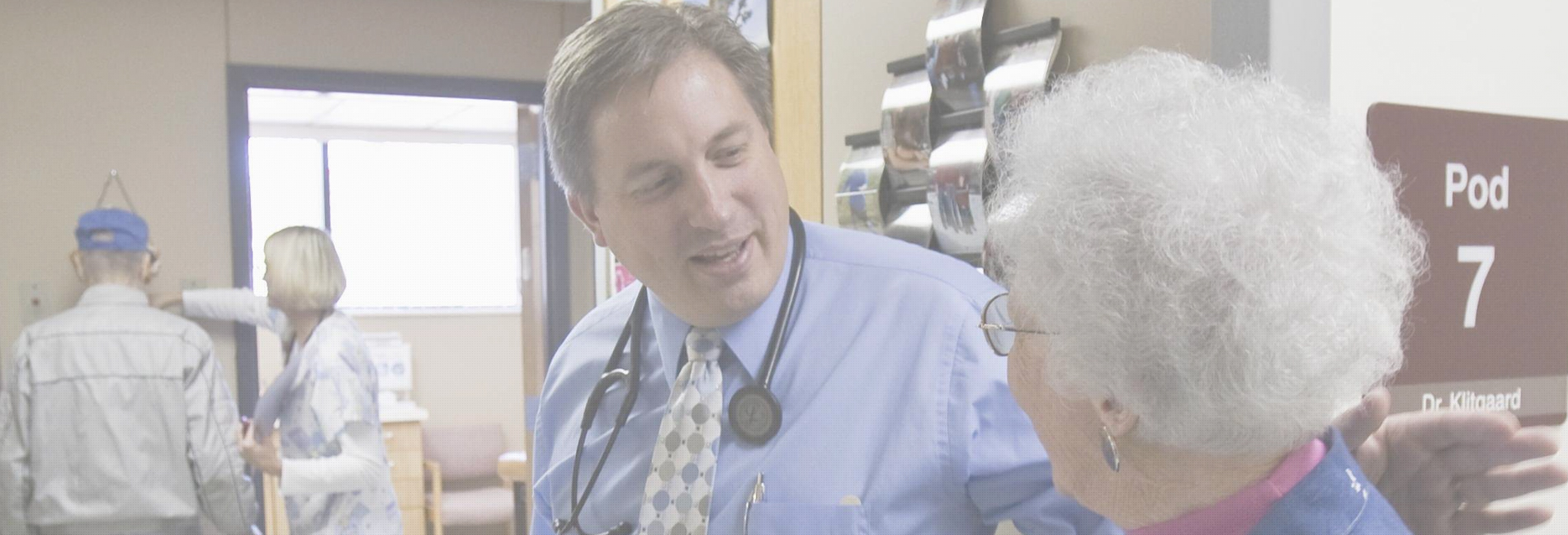
Understanding Falls in the Elderly and the Role of Medication
Falls represent a significant concern within the aging population, with various risk factors contributing to this issue. Among these risk factors, the influence of medications on fall risks in seniors cannot be overlooked. Due to variations in drug metabolism, efficacy, and adverse drug reactions (ADRs) in older individuals, the monitoring of medications is critical in fall prevention. Healthcare professionals must recognize the potential role of medications in falls, while family members should also be aware of increased fall risks in nursing homes. The utilization of home health care can mitigate these risks by ensuring medication adherence and reducing the likelihood of falls.
Alarming statistics underscore the prevalence of falls among the elderly. Approximately one-third of individuals aged over 65 experience at least one fall annually, with half of them falling more than once in a year. Notably, the incidence of fall-related accidents in nursing homes rises to 50% each year. Falls rank as the leading cause of injuries among older citizens, resulting in heightened demand for medical care. While many falls do not necessitate medical attention, approximately one-tenth require emergency department care. Fractures account for 59% of injuries in emergency rooms, followed by superficial injuries (bruising) at 20% and head injuries at 8%. Roughly one-third of emergency patients ultimately require hospital admission, translating to nearly 600,000 elderly hospitalizations in the United States annually due to falls.
Beyond physical injuries, falls have a profound impact on the quality of life for older individuals. Reports indicate a decline in overall quality of life, reduced mobility, decreased self-care capabilities, limitations in normal activities, and heightened levels of anxiety or depression among fall survivors. These adverse effects often persist for nearly a year post-incident, with fear of falling playing a central role in perpetuating these negative health outcomes. Consequently, seniors may curtail physical activity, restrict their social interactions, and refrain from reporting medical issues due to their apprehension of falling.
Identifying the Risk Factors
The elderly population faces over 20 identified risk factors for falls, categorized as intrinsic (such as balance or vision impairments) and extrinsic (including factors like slippery flooring). Major risk factors comprise a history of previous falls, impaired mobility, cognitive decline, medication use, and age itself.
Medication-Related Falls
A significant proportion of individuals aged over 55 are prescribed multiple medications, with over 20% taking four or more drugs daily. Adverse drug reactions (ADRs) frequently occur despite medical supervision, and two-thirds of ADR-related hospitalizations affect seniors over 60. Older individuals are at higher risk of experiencing ADRs due to factors such as polypharmacy, social circumstances, cognitive impairment, comorbidities, and physiological changes. Unfortunately, falls are not officially recognized as a distinct category of ADRs, making it challenging to determine their exact contribution to medication-related falls.
Numerous drugs are commonly associated with an increased risk of falls. These include cardiac, psychotropic, and analgesic medications. Additionally, nine other drug categories contribute to fall risk: diuretics, antihypertensive drugs, beta blockers, neuroleptics, sedatives, benzodiazepines, antidepressants, nonsteroidal anti-inflammatory drugs (NSAIDs), and narcotics. Among these, antidepressants pose the highest fall risk, followed closely by hypnotics and benzodiazepines.
Preventing Falls through Multidisciplinary Approaches
The complex nature of falls often involves multiple contributing factors, necessitating a multidisciplinary approach to fall prevention. This approach entails collaboration between physicians, geriatricians, caregivers, and home health care providers to identify all relevant factors contributing to falls. Medications stand out as one of the most modifiable risk factors, making consistent drug monitoring a crucial element of fall prevention programs. By combining fall prevention strategies with vigilant medication management, healthcare professionals can significantly reduce the incidence of falls in the elderly population.
Falls are a prevalent issue among older adults, particularly those aged 65 and older. As aging populations continue to grow worldwide, falls represent an escalating public health concern. Numerous studies have identified various risk factors and explored strategies to prevent falls, both in community-dwelling older individuals and those residing in long-term care facilities. Considering medications as a modifiable risk factor, regular medication reviews should be integrated into fall prevention programs for older adults.
“At Vancouver Home Health Care Agency, our commitment is rooted in caring and compassion, ensuring that your well-being remains at the heart of what we do.”
- Addressing the Unique Challenges of Aging within the LGBT Community
- Distinguishing Between Occupational Therapy and Physical Therapy: Unveiling the Nuances
- Key Considerations When Selecting Home Healthcare Services
- The Future of Home Health Care: Revolutionizing Patient Care
- Understanding Falls in the Elderly and the Role of Medication
- Understanding Post-Operative Care: A Vital Healing Phase
